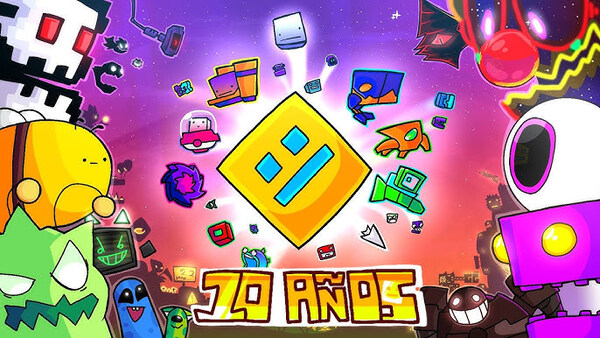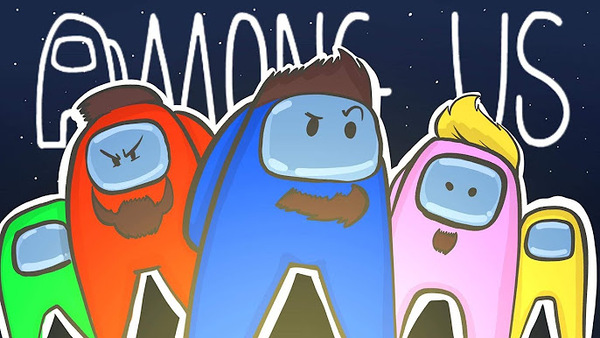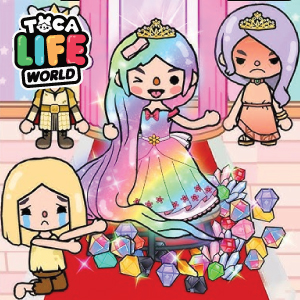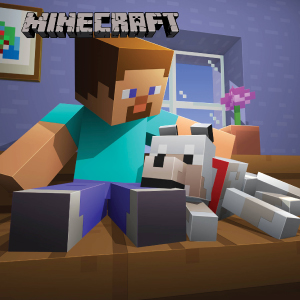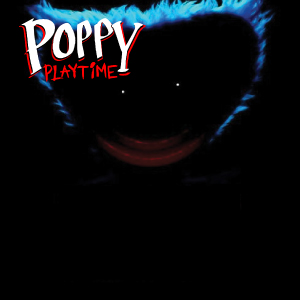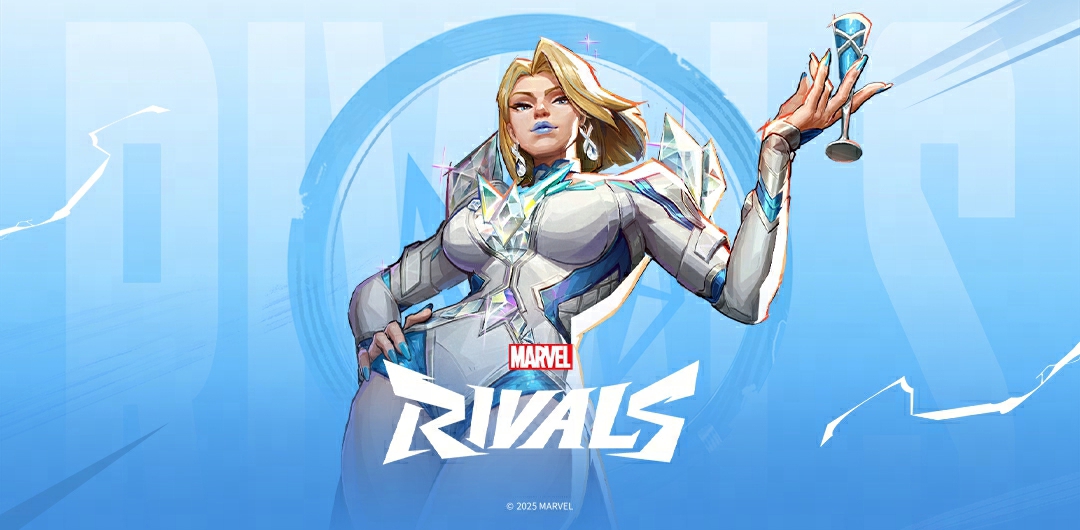Fortnite: The Ever-Evolving Battle Royale That Changed Gaming Forever
When Fortnite first burst onto the scene in 2017, few could have predicted the cultural juggernaut it would become. Developed by Epic Games, Fortnite redefined the battle royale genre, not only through its unique building mechanics but also by blending gaming, entertainment, and social experiences into one dynamic ecosystem. Over the years, it has evolved into more than just a game — it's a global platform for creativity, collaboration, and community.
The Origins of Fortnite: A Unique Take on Survival
To begin with, Fortnite wasn't originally intended as a battle royale title. Initially launched as Fortnite: Save the World, it was designed to be a PvE survival shooter with cooperative base-building mechanics.
However, following the explosive success of PUBG, Epic Games quickly pivoted. As a result, Fortnite Battle Royale was born — a free-to-play mode that launched in September 2017 and immediately captured the gaming world's attention.
The timing couldn’t have been better. With its colorful visuals, fast-paced matches, and creative building elements, Fortnite offered a refreshing alternative to more grounded shooters.
Gameplay That Blends Shooting and Building
Unlike traditional battle royale games, Fortnite introduced a groundbreaking mechanic: real-time building. This one feature alone fundamentally altered how players approached combat and traversal.
Instead of just hiding behind rocks and trees, players could now construct walls, ramps, and towers on the fly. Consequently, battles became three-dimensional chess matches, testing reflexes, aim, and construction speed all at once.
Moreover, Fortnite’s simple gun mechanics, combined with the deep complexity of building, created a steep but rewarding learning curve that gave rise to a passionate, skill-driven community.
Art Style and Performance: Accessible Yet Stylish
Another reason for Fortnite’s widespread appeal is its distinct visual style. Rather than chasing realism, the game embraces a bright, cartoon-like aesthetic reminiscent of Pixar films.
This deliberate design choice not only makes Fortnite visually distinct, but also ensures it runs well across a wide range of devices — from low-end laptops and mobile phones to high-powered PCs and next-gen consoles.
As a result, Fortnite remains highly accessible. Even players without top-tier hardware can enjoy a smooth experience, leveling the playing field and encouraging more participation.
A Constantly Evolving Map and Seasons
What truly sets Fortnite apart is its ever-changing world. Every season brings new changes to the map, often accompanied by compelling in-game events that reshape the island in real time.
For example, one season might flood the entire map, while another introduces alien invasions or massive in-game concerts. This continuous transformation keeps the game fresh and unpredictable.
Furthermore, these changes are often tied to a broader narrative, delivered through cinematic trailers, interactive missions, and cryptic teasers. This combination of gameplay and lore ensures that players are always looking forward to what’s next.
Iconic Collaborations and Pop Culture Crossovers
In addition to gameplay innovations, Fortnite is well-known for its high-profile collaborations. Epic Games has turned the battle royale into a pop culture hub, featuring crossovers with Marvel, Star Wars, Naruto, Dragon Ball, and even real-world celebrities.
From playing as Spider-Man or Goku to watching Travis Scott’s legendary in-game concert, Fortnite seamlessly integrates pop culture into its ecosystem, creating must-play experiences that few other games can match.
These collaborations not only offer exciting content but also bring in new audiences — including fans who may not have otherwise played Fortnite but are drawn in by their favorite characters or franchises.
Creative Mode and UGC: Empowering the Player Base
Equally important to Fortnite’s success is Creative Mode — a sandbox that allows players to build their own maps, games, and experiences using the game’s assets and tools.
With the launch of Unreal Editor for Fortnite (UEFN), also known as Creative 2.0, the possibilities have expanded dramatically. Now, creators can design complex game mechanics, develop RPGs, horror experiences, obstacle courses, and much more.
Consequently, Fortnite has become a platform for user-generated content, where talented designers, artists, and developers showcase their creativity and even monetize their creations.
Live Events: Fortnite as an Entertainment Platform
One of Fortnite’s most innovative features is its ability to host live, interactive events. These events have redefined what’s possible in a multiplayer game.
For instance, the Travis Scott concert in 2020 attracted over 27 million players. Similarly, the Galactus battle, the end-of-chapter black hole, and Ariana Grande’s Rift Tour blurred the line between gaming and digital concerts.
Because these events are one-time-only experiences, they create urgency and communal excitement, making Fortnite feel like a live performance as much as a game.
Esports and Competitive Play
Although Fortnite is known for its casual appeal, it also boasts a thriving competitive scene. Epic’s multi-million-dollar prize pools, including the inaugural Fortnite World Cup in 2019, have brought global attention to its esports potential.
Players like Bugha — who won $3 million as a solo champion — became overnight celebrities. Regional events, Cash Cups, and FNCS (Fortnite Champion Series) ensure there are constant opportunities for skilled players to compete.
Despite its casual aesthetic, Fortnite’s high skill ceiling and rapid building meta make it one of the most mechanically demanding games in the competitive space.
Monetization and Battle Pass System
From the beginning, Fortnite’s monetization model has been both player-friendly and industry-defining. The game is completely free-to-play, with all in-game purchases being cosmetic only.
The Battle Pass system offers tremendous value. For a small fee, players unlock hundreds of items, skins, emotes, V-Bucks, and more — simply by playing the game.
Furthermore, limited-time skins and rotating item shops encourage players to check in regularly. Nevertheless, Fortnite has managed to maintain balance by never introducing pay-to-win mechanics, preserving its competitive integrity.
Final Verdict
In conclusion, Fortnite stands as a monumental achievement in modern gaming. It transcends the boundaries of traditional battle royale games by offering a social, creative, and cultural platform that continues to evolve with its players.
Whether you're building towering structures in Zero Build Mode, creating new maps in Creative, or simply vibing at a virtual concert, Fortnite delivers something for everyone.
Thanks to its continued innovation, robust community, and cross-generational appeal, Fortnite is not just a game — it’s a phenomenon.
Rating: 9.3/10




















